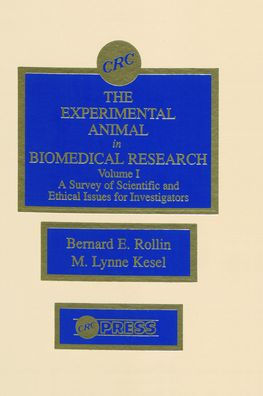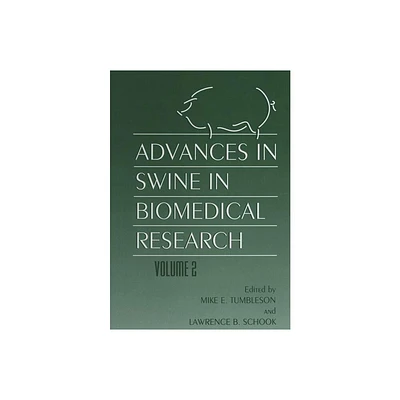Home
Making Mice: Standardizing Animals for American Biomedical Research, 1900-1955
Loading Inventory...
Barnes and Noble
Making Mice: Standardizing Animals for American Biomedical Research, 1900-1955
Current price: $94.00


Barnes and Noble
Making Mice: Standardizing Animals for American Biomedical Research, 1900-1955
Current price: $94.00
Loading Inventory...
Size: OS
*Product Information may vary - to confirm product availability, pricing, and additional information please contact Barnes and Noble
Making Mice
blends scientific biography, institutional history, and cultural history to show how genetically standardized mice came to play a central role in contemporary American biomedical research.
Karen Rader introduces us to mouse "fanciers" who bred mice for different characteristics, to scientific entrepreneurs like geneticist C. C. Little, and to the emerging structures of modern biomedical research centered around the National Institutes of Health. Throughout
, Rader explains how the story of mouse research illuminates our understanding of key issues in the history of science such as the role of model organisms in furthering scientific thought. Ultimately, genetically standardized mice became icons of standardization in biomedicine by successfully negotiating the tension between the natural and the man-made in experimental practice.
This book will become a landmark work for its understanding of the cultural and institutional origins of modern biomedical research. It will appeal not only to historians of science but also to biologists and medical researchers.
blends scientific biography, institutional history, and cultural history to show how genetically standardized mice came to play a central role in contemporary American biomedical research.
Karen Rader introduces us to mouse "fanciers" who bred mice for different characteristics, to scientific entrepreneurs like geneticist C. C. Little, and to the emerging structures of modern biomedical research centered around the National Institutes of Health. Throughout
, Rader explains how the story of mouse research illuminates our understanding of key issues in the history of science such as the role of model organisms in furthering scientific thought. Ultimately, genetically standardized mice became icons of standardization in biomedicine by successfully negotiating the tension between the natural and the man-made in experimental practice.
This book will become a landmark work for its understanding of the cultural and institutional origins of modern biomedical research. It will appeal not only to historians of science but also to biologists and medical researchers.

















